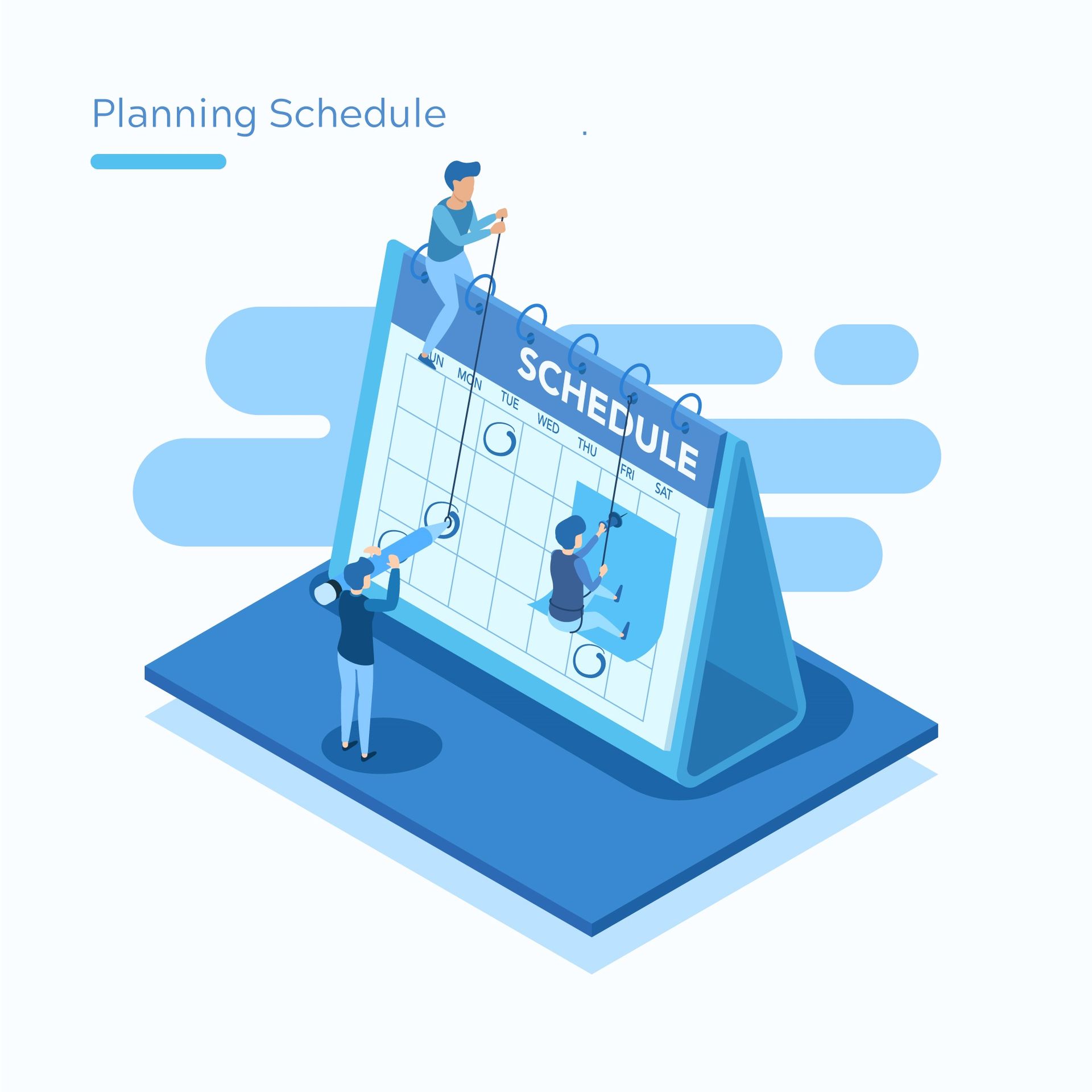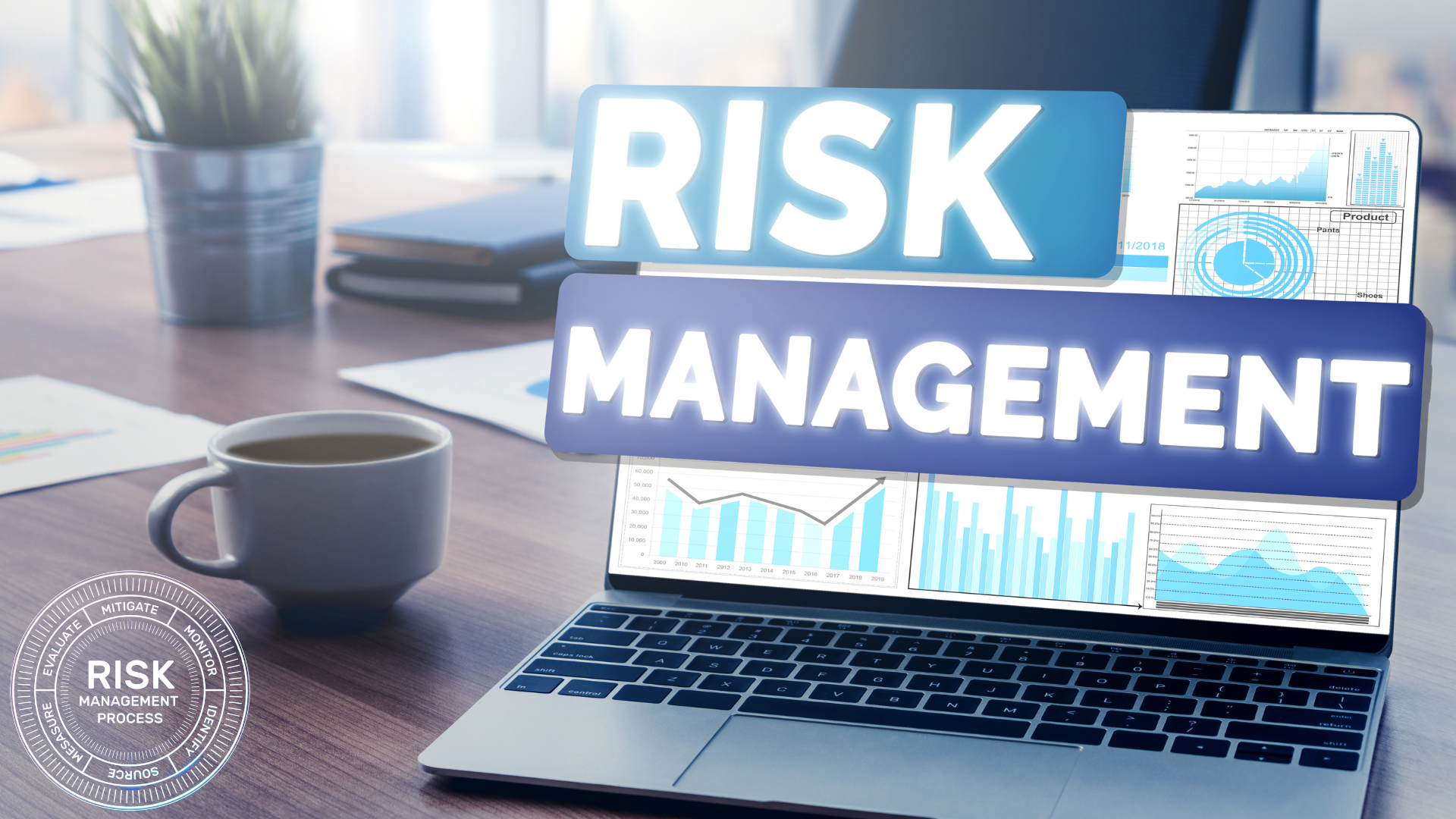Refining the project plan is a very important yet undervalued step in project management, especially when you’re stepping into an existing project. This phase is crucial to ensure that the project remains aligned with its goals, stays on track, and addresses any emerging issues or risks. Whether you're a seasoned project manager or just starting, this comprehensive guide will walk you through the essential steps to refine your project plan, including analyzing the existing plan, reassessing objectives and deliverables, updating the schedule and budget, and developing a robust risk management plan.
Project management landscape is very dynamic, here, your ability to adapt and refine your approach is key to navigating the complexities and challenges that arise. This guide not only provides practical strategies, but also shares insights and personal experiences to help you manage your projects effectively and lead you & your team to success.
For a broader view on taking over existing projects, you can check out our main guide: How to Take Over an Existing Project Successfully.
Let's dive in and explore the steps to refine your project plan and set your project on the path to success!
1: Analyze the Existing Plan

1.1 Reviewing Current Documentation
The first step in refining the project plan is to thoroughly review all existing documentation. This includes the project plan, status reports, risk registers, meeting minutes, and any other relevant documents. Understanding the current state of the project is crucial for identifying gaps and areas that need improvement.
Steps to Review Documentation:
- Gather All Relevant Documents: Ensure you have access to all project-related documents.
- Evaluate the Project Scope: Check if the scope is still relevant and if any changes have been made without formal documentation.
- Assess Milestones and Deliverables: Compare the original milestones and deliverables with the current status.
- Identify Discrepancies: Look for inconsistencies or deviations from the original plan.
Tool Suggestion: Use project management tools like Trello , JIRA or Asana to organize and manage documentation efficiently.
1.2 Conducting a Gap Analysis
A gap analysis helps identify the differences between the current state of the project and its desired state. This analysis will highlight areas that need attention and provide a clear path for improvement.
Steps to conduct a Gap Analysis:
- Identify Current State: Document the current status of the project.
- Define Desired State: Outline the original goals and objectives of the project.
- Identify Gaps: Determine where the project is falling short of its goals.
- Develop an Action Plan: Create a plan to address the identified gaps.
Personal Experience: In a software development project that i handelled, conducting a gap analysis revealed that several critical features were behind schedule. By addressing these gaps, we were able to realign the project with its original objectives.
2: Reassess Objectives and Deliverables

2.1 Aligning Goals with Stakeholder Expectations
Reassessing the project's objectives and deliverables is crucial to ensure that they align with the current expectations of stakeholders. This step involves engaging with stakeholders to understand their needs and making necessary adjustments to the project plan.
Steps to Reassess Objectives:
- Engage with Stakeholders: Conduct meetings or surveys to gather stakeholder input.
- Review Objectives: Compare the current objectives with stakeholder expectations.
- Adjust Objectives: Modify objectives to align with stakeholder needs.
- Communicate Changes: Inform all stakeholders about the changes to ensure alignment.
Related Read: For insights on change management strategies, read Navigating the Digital Shift: Effective Change Management Strategies for Success.
2.2 Setting SMART Objectives
SMART objectives (Specific, Measurable, Achievable, Relevant, Time-bound) provide clear and actionable goals for the project. Ensuring that the project's objectives meet these criteria helps in setting realistic and achievable targets.
Steps to Set SMART Objectives:
- Specific: Define clear and specific goals.
- Measurable: Establish criteria to measure progress.
- Achievable: Ensure the goals are realistic and attainable.
- Relevant: Align the goals with the overall project objectives.
- Time-bound: Set a deadline for achieving the goals.
Personal Experience: In one project, setting SMART objectives helped the team focus on achievable milestones, leading to improved performance and timely completion.
3: Update the Schedule and Budget

3.1 Reviewing and Adjusting Timelines
Updating the project schedule is essential to reflect the current state of the project and any changes made to the objectives and deliverables. This step ensures that the project remains on track and any potential delays are addressed promptly.
Steps to Update the Schedule:
- Review Current Schedule: Assess the current timeline and milestones.
- Identify Delays: Identify any tasks or milestones that are behind schedule.
- Adjust Timelines: Update the schedule to reflect the current state of the project.
- Communicate Changes: Inform all stakeholders about the revised schedule.
Tool Suggestion: Use scheduling tools like Microsoft Project , JIRA or Smartsheet to manage and update project timelines.
3.2 Analyzing Budget Variances
Analyzing the project's budget is crucial to ensure that it remains within financial constraints. Identifying variances between the planned and actual budget helps in taking corrective actions to control costs.
Steps to Analyze Budget:
- Review Budget Reports: Compare the planned budget with actual expenditures.
- Identify Variances: Highlight areas where the budget exceeds or falls short.
- Implement Cost Control Measures: Develop strategies to manage and reduce costs.
- Update Budget Plan: Adjust the budget plan to reflect current financial status.
Personal Experience: In a Financial Service project, regular budget analysis helped us identify unnecessary expenditures, allowing us to reallocate funds to critical areas and stay within budget.
Related Read: For tips on latest tools and technologies for digital transformation of project, read: The Digital Transformation of Project Management: Tools and Trends Shaping Tomorrow.
4: Develop a Risk Management Plan

4.1 Identifying New Risks
As the project progresses, new risks may emerge that need to be identified and managed. Conducting a thorough risk assessment helps in anticipating potential issues and preparing mitigation strategies.
Steps to Identify Risks:
- Conduct a Risk Assessment: Identify potential risks through brainstorming sessions, expert judgment, and historical data.
- Analyze Risks: Assess the likelihood and impact of each risk.
- Prioritize Risks: Rank risks based on their potential impact on the project.
Tool Suggestion: Use project management tools good for risk assessment, like Wrike or Asana for comprehensive risk management and tracking.
4.2 Updating the Risk Register
The risk register is a critical document that lists all identified risks, their impact, and mitigation strategies. Regularly updating the risk register ensures that it remains current and relevant.
Steps to Update the Risk Register:
- Document New Risks: Add any newly identified risks to the risk register.
- Review Existing Risks: Reassess existing risks and update their status.
- Develop Mitigation Strategies: Create or update strategies to manage risks.
Example: In a construction project, updating the risk register can help in manage potential delays due to weather conditions by developing contingency plans.
4.3 Developing Mitigation and Contingency Plans
For each identified risk, develop mitigation strategies to reduce its likelihood and impact. Additionally, create contingency plans to address risks if they materialize.
Steps to Develop Plans:
- Mitigation Strategies: Outline steps to reduce the likelihood and impact of each risk.
- Contingency Plans: Prepare plans for responding to risks if they occur.
- Assign Responsibilities: Designate team members to manage specific risks.
Personal Experience: In a Digital Twin project, developing comprehensive mitigation and contingency plans for data security risks ensured that we were prepared for any potential breaches, maintaining project integrity and stakeholder trust.
Related Read: For insight on change management miskates, check out 5 Change Management Mistakes Companies Often Make and How to Avoid Them.
Wrapping up
Refining the project plan is a critical step in ensuring your project stays on track and meets its objectives. By analyzing the existing plan, reassessing objectives and deliverables, updating the schedule and budget, and developing a robust risk management plan, you can proactively manage your project's health and drive it towards success.
Have these insights sparked your interest in transforming your project management approach? Are you eager to explore more? Don’t stop here!
Subscribe to our newsletter for the latest insights, tips, and updates straight to your inbox. And for real-time information and inspiration, follow me on LinkedIn.

Questions? Collaborations? Let's talk.
Interested in collaborative ventures, innovative projects, or have a query? I'm just a message away